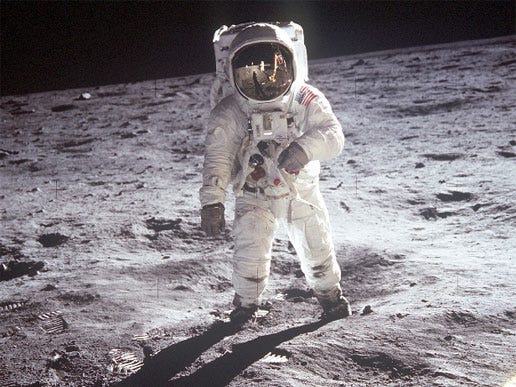It’s been more than 50 years since each foot set foot on the moon, but NASA has a plan to change it. The Artemis Agency program aims to send humans to explore the south-month pole in the next few years, using a new rocket and capsule system. But the road to achieving this ambitious goal is not smooth. Although there was an announcement in 2019 that people would return to the moon within five years, the reality turned out to be some slower and more complex. So this is why you might have to wait longer before we see people back to our favorite satellite planet.
The date of the crew’s landing was driven back by NASA in November last year. According to The Guardian, NASA Administrator Bill Nelson put some mistakes for the delay in Congress, said they did not allocate enough funds to cover extensive costs needed for the mission, such as developing Lasar Lander. There is also a problem with the legal challenges of the Blue Company of the founder of Amazon Jeff Bezos, who claimed that the process through which NASA chose SpaceX rivals to develop an unfair landing system. However, blue from losing its legal challenges so that SpaceX will advance with the construction of landers.
The original goal of the Artemis mission was to land humans on the month of 2024, but that goal was widely considered unrealistic. This new goal is to land the spacecraft that is not combined in the month of the earliest in 2025, which is a much more time period can be achieved.
“Back to the last and safe month may be a priority agency,” said Nelson (through NASA). “However, with recent lawsuits and other factors, the first human landing under Artemis is likely no earlier than 2025.”
The Artemis program will consist of a series of missions, starting with an artemis I mission that is not limping to test the new rocket and spacecraft NASA, which will eventually bring the crew. Artemis I will see the rocket room launch system and Orion capsule launched and sent to orbit around the moon for six days before returning.
This will be followed by Artemis II, which is intended for 2024, which will be a crew test flight from the same capsule and rockets, where the crew will get around the moon and then return to earth.
The big mission, when humans will once again set foot on the moon, is Artemis III aimed at 2025. A special lander will take astronauts from orbit to the surface of the moon, where they will spend about a week before returning to earth. .
In addition, NASA also has a plan for further mission to create a lunar gateway space station, and to create infrastructure in the moon such as habitat, rovers, and scientific equipment.
All of this will be expensive. “In the future, NASA plans to at least 10 months’ landing in the future, and the agency requires a significant increase in funding for future landing competition, starting with a budget of 2023,” NASA said).
Until now, NASA pushed forward with testing for the core stage of Artemis I, recently conducted engineering testing to ensure rocket is ready for its mission (through NASA).













